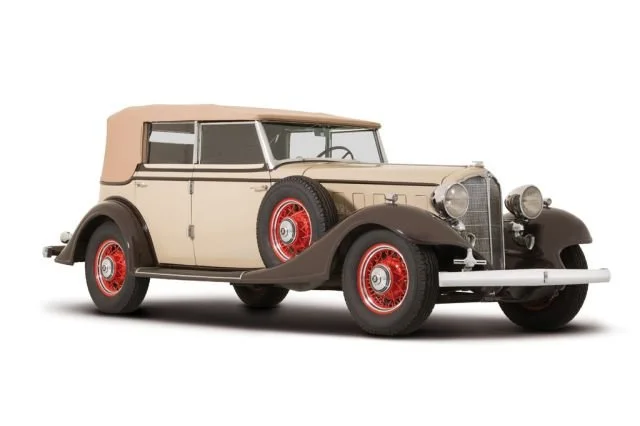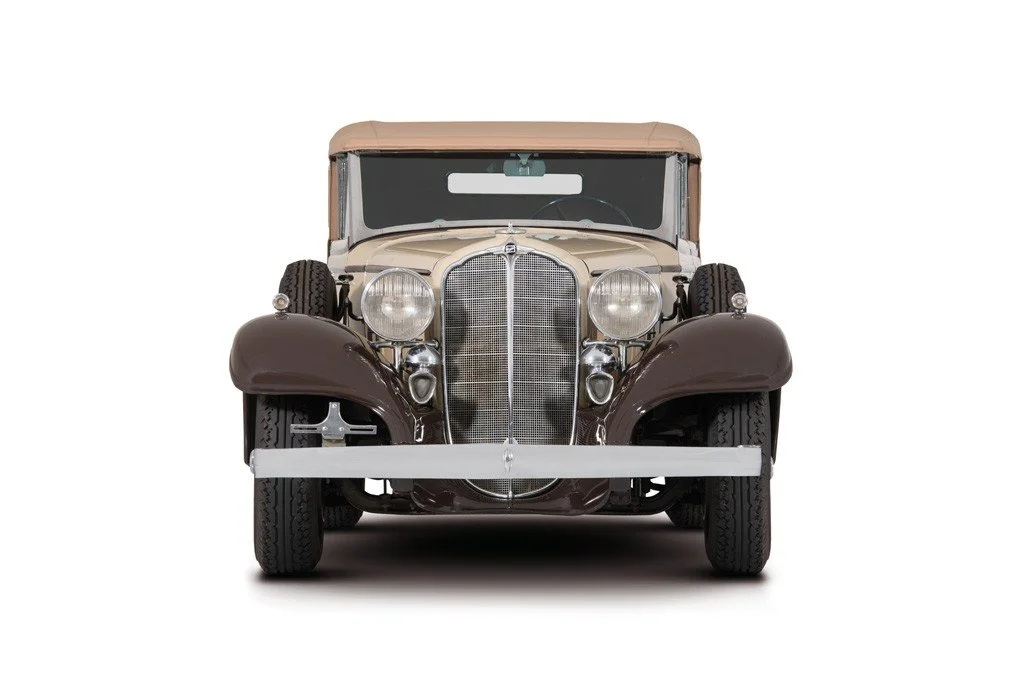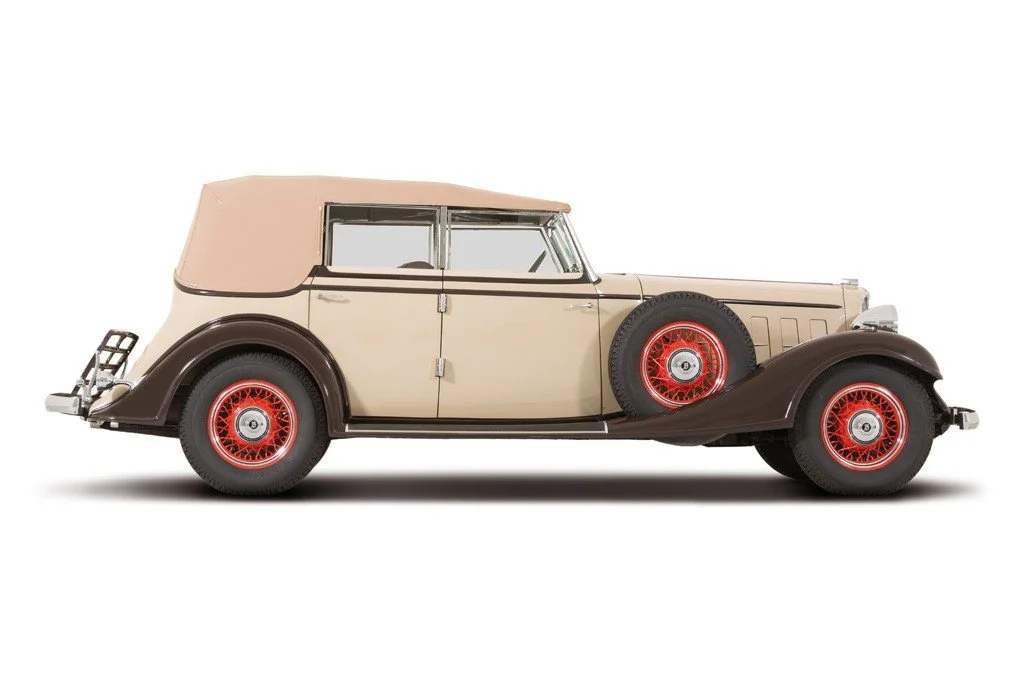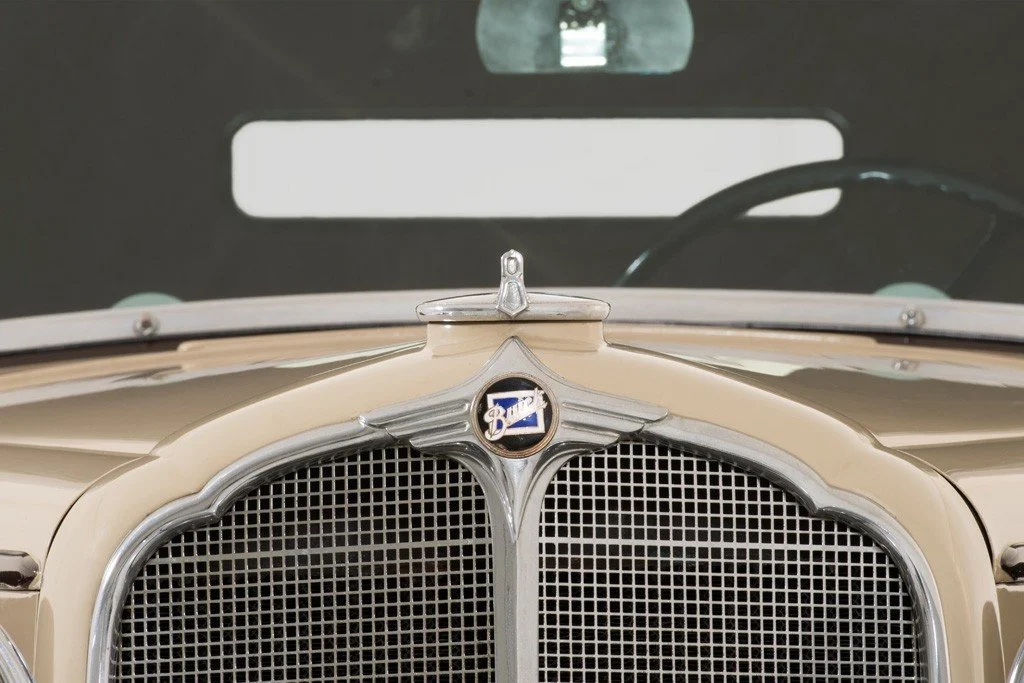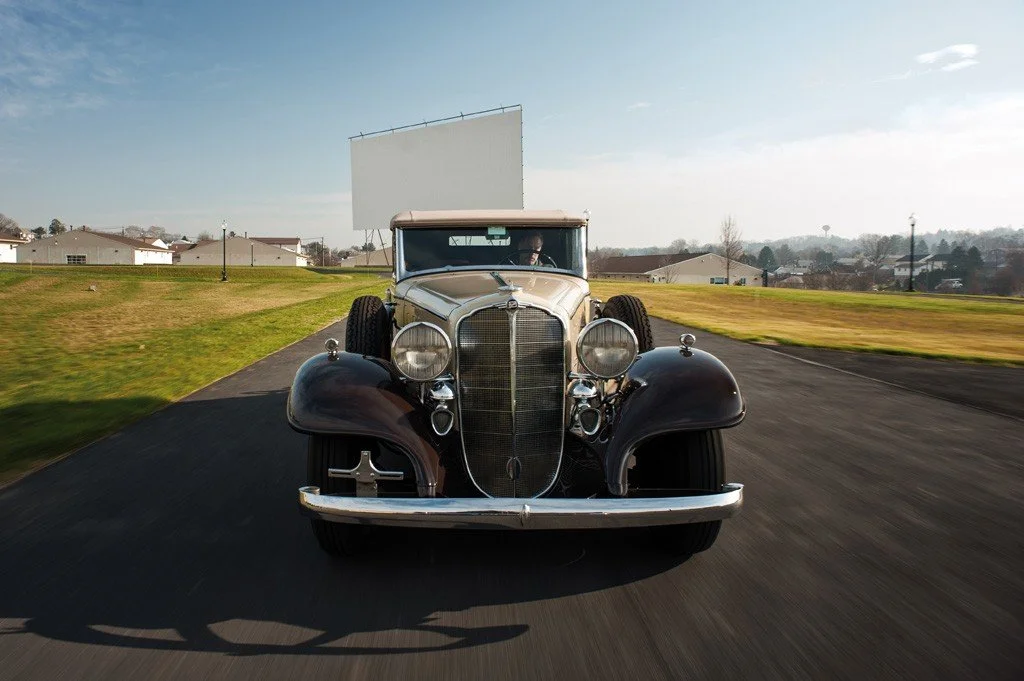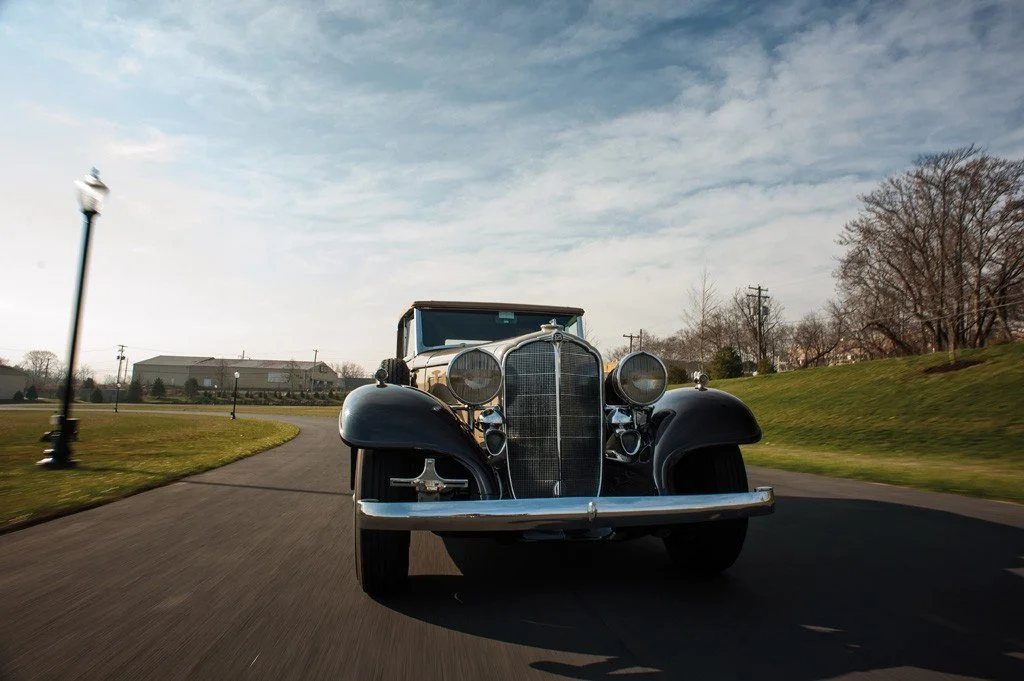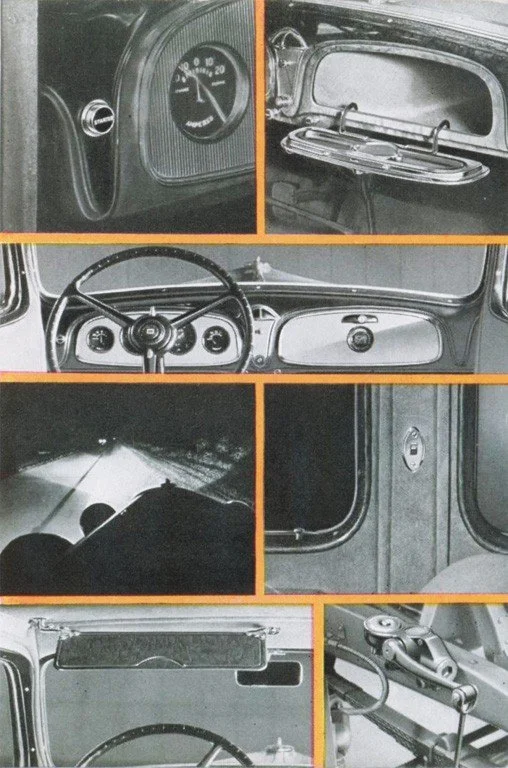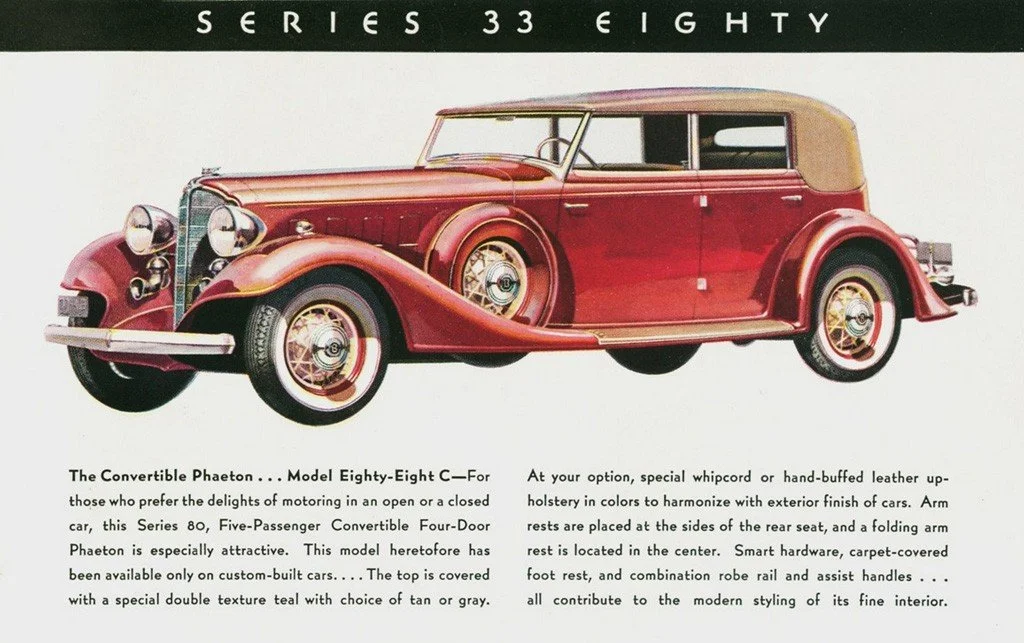-
The series 80 convertible phaeton was one of the rarest of all offerings from Buick in 1933. In fact, the only car with less than the 124 units produced of the phaeton was the series 80 convertible coupe with just 90 produced. The opportunity to purchase such a rare example of a Buick was irresistible when a chance encounter at the Pebble Beach Concours d’Elegance in 2003 led to this car.
The previous owner fully restored the car in its original color combination.
-
Company
General Motors
Make
Buick
Model
33-88C
Body Style
Convertible Phaeton, 4-door, 5 pass
Body Manufacture
Fisher Body Co.
Model year
1933
Wheelbase
130 inches
Length
N/A
Engine
OHV, 8-inline, 344.8 cid
Horsepower
113 bhp @ 3200 rpm
Transmission
Sliding gear, 3-speed manual
Original Base Price
$1,845
Brand Production
45,150 +1,774 export for model year
This Car Production
124
-
David Dunbar Buick was born in Scotland in 1854 and emigrated to the United States at just 15 years of age. He ultimately made his name in the plumbing fixture business but was fascinated by the concept of motorized transportation. Applying his engineering skills learned from his previous business he developed his first automobile in 1902 but didn’t start production until 1904. A much better engineer and inventor than a businessman, Buick ended up selling his automobile company to William Durant in 1908. This became the basis for the foundation of General Motors. Fast forward to 1933 and the company that made General Motors possible because of its strong sales and market share was now in dire condition.
From a peak production of 266,753 units in 1926 Buick fell to a model year production of 45,150 in 1933. An astounding 83% drop in seven years. To make matters worse, sales for the calendar year 1933 were only 43,247, meaning 1,903 cars were left overs unsold when the new 1934 cars hit the market.
Where the top of the line series 90 had body styles cut from its offerings in 1933, the next lower series 80 cars gained three new body styles. One of these new offerings was the Convertible Phaeton otherwise known as a convertible sedan. This new offering allowed owners to enjoy top down driving weather permitting but stay comfortable and dry inside a normally proportioned four-door sedan the remainder of the time. This $1,845 offering was the most expensive 80 series body style and fell squarely in the series 90 price range. Clearly the 124 purchasers of these cars felt that the car offered sufficient value and equivalency to the series 90 cars despite the 8” shorter wheelbase.

